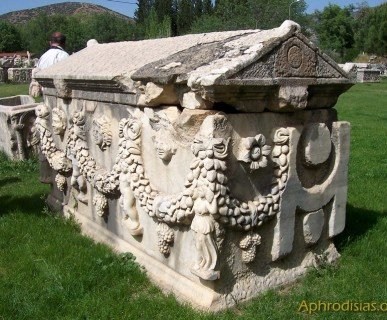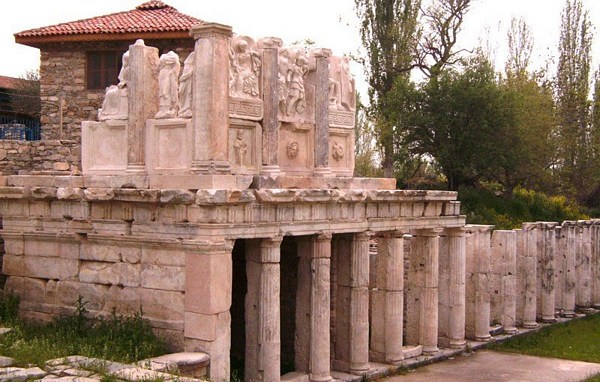Discovering Aphrodisias: A Jewel of Ancient Caria
The Historical and Cultural Significance of Aphrodisias
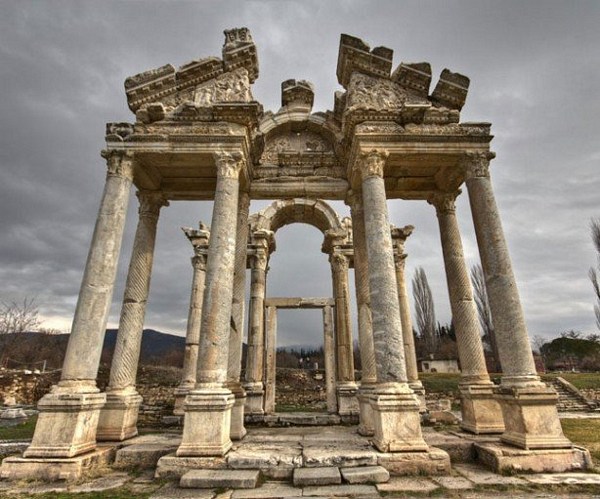
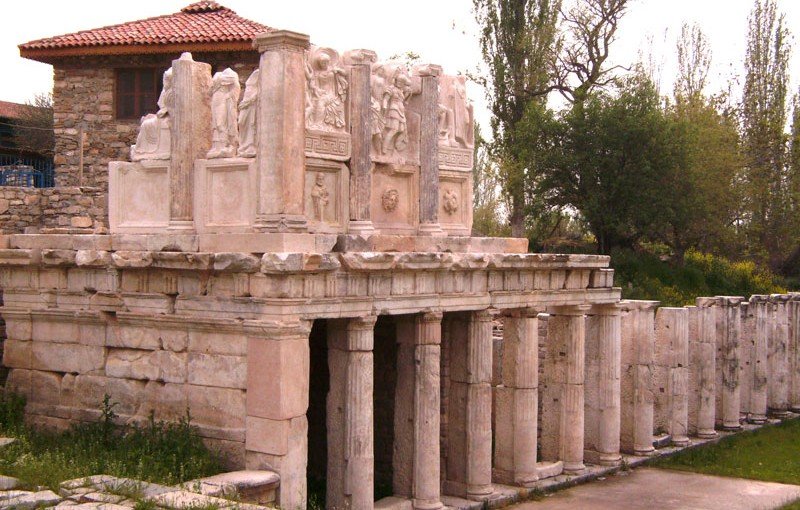
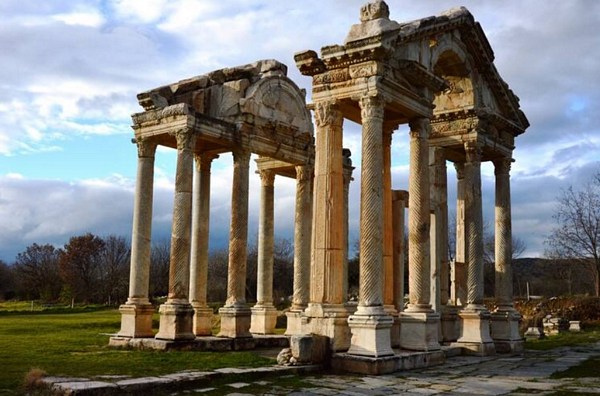
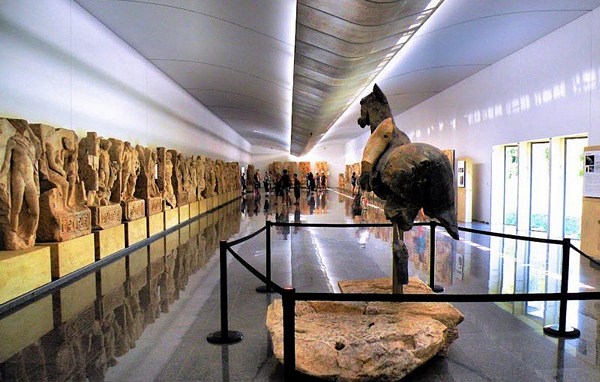
Aphrodisias, an ancient Carian town named after the goddess of beauty and love, Aphrodite, stands out for its remarkable blend of historical richness and natural beauty. Surrounded by lush green landscapes, ranging from poplar trees to olive groves, Aphrodisias was a prominent center for philosophy, medicine, and most notably, sculpture.
The city’s renowned school of sculpture produced masterpieces that were distributed throughout the Roman Empire and adorned famous temples, including the Temple of Apollo in Didyma.
The origins of the cult of Aphrodite at Aphrodisias can be traced back to Hittite and Phrygian traditions. While the goddess shares some attributes with the Artemis of Ephesus, the local version of Aphrodite is distinct from the classical Greek depiction. During the Roman era, Aphrodisias reached its peak as it lay on a major trade route, making it a hub of economic and cultural activity. Even with the rise of Christianity, the city retained its status as an important pagan center.
Under Byzantine rule, Aphrodisias was renamed “Stavropolis” (Town of the Cross) and became the seat of the bishop of Caria. When the Turks later took control of the city, it was given the name “Geyre,” likely a corruption of “Caria.”
Today, Aphrodisias is celebrated not only for its historical site but also for its rich collection of sculptures housed in the on-site museum. Over 35 years of continuous excavation have unearthed significant landmarks, including the Temple of Aphrodite, an amphitheater, thermal baths with intricate marble floors, the agora, and one of the best-preserved and largest stadiums in the world. This impressive archaeological site remains a testament to the city’s lasting cultural legacy and artistic excellence.
